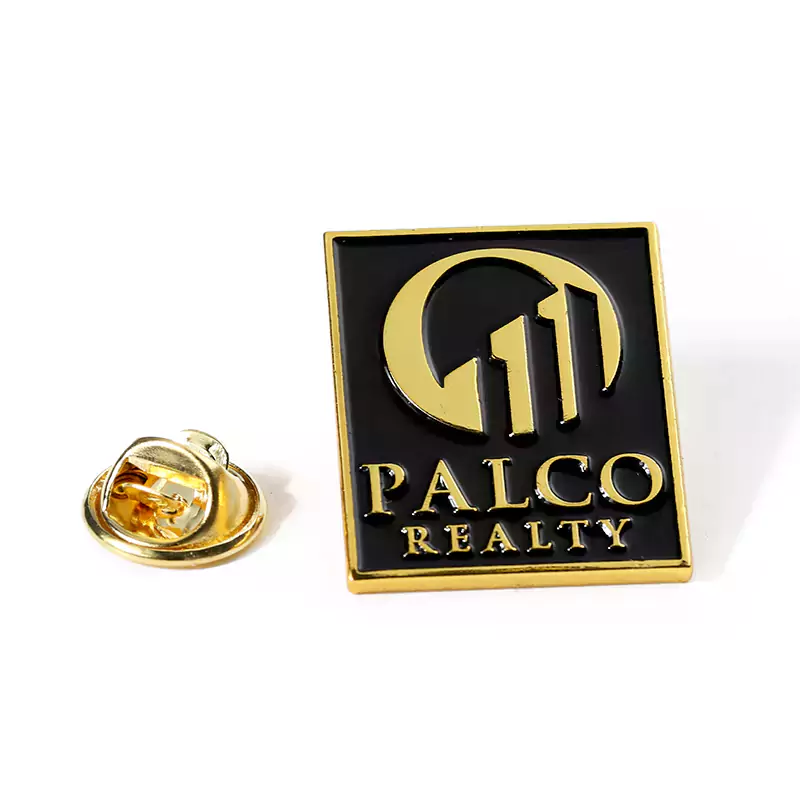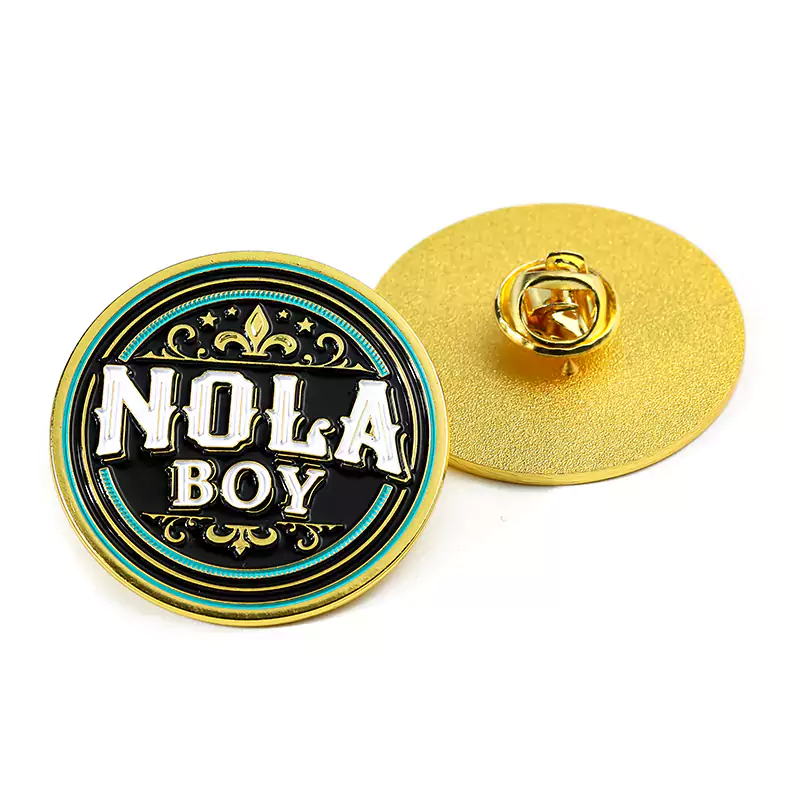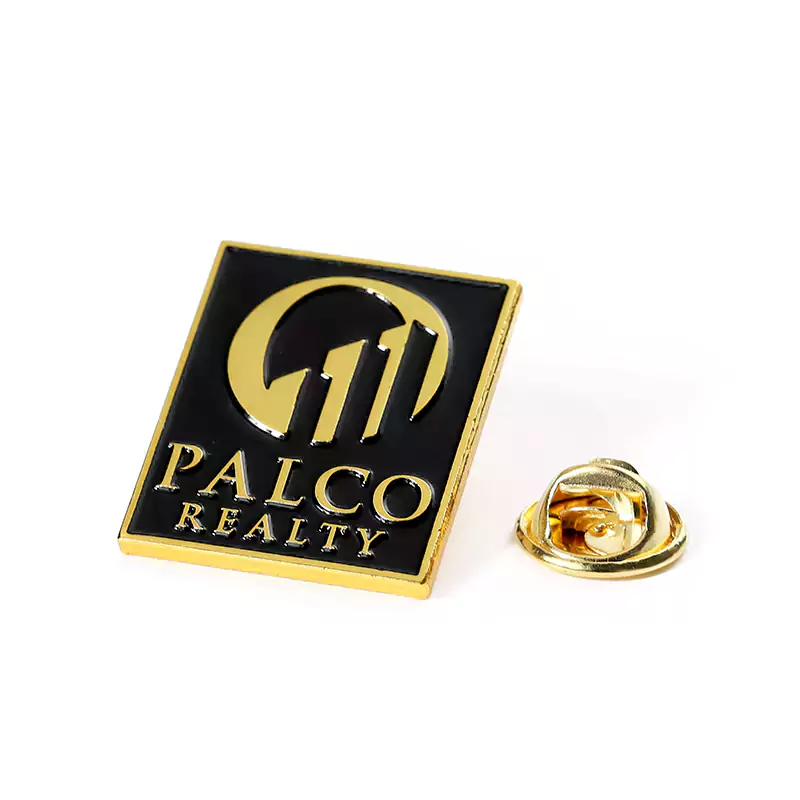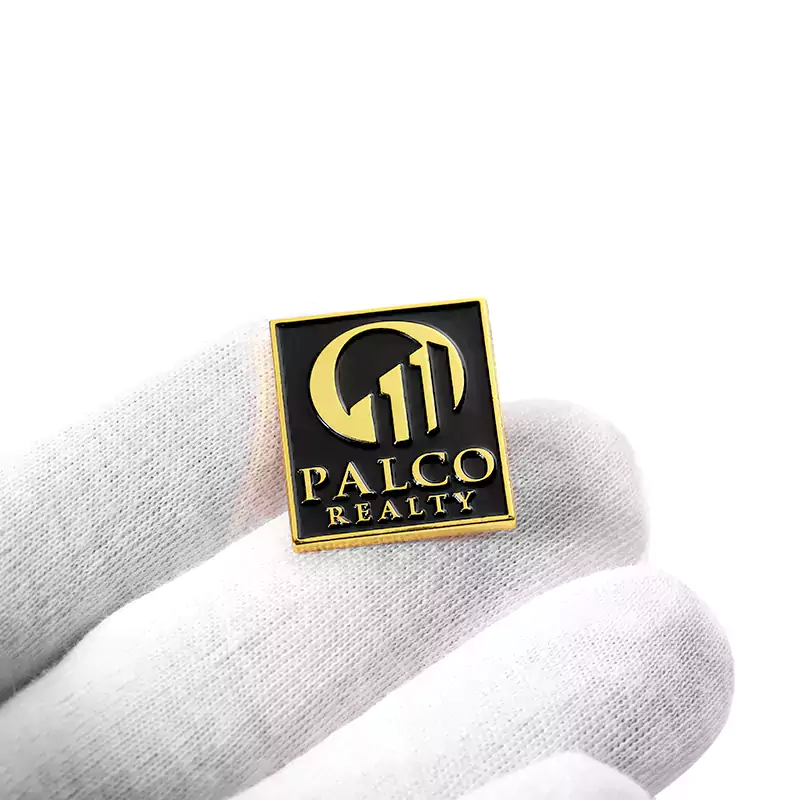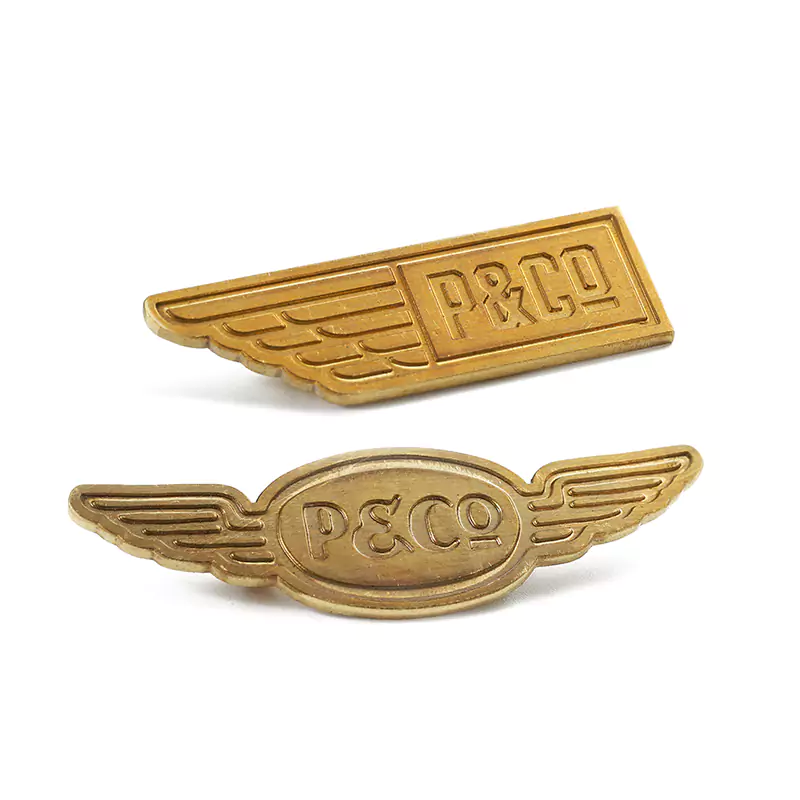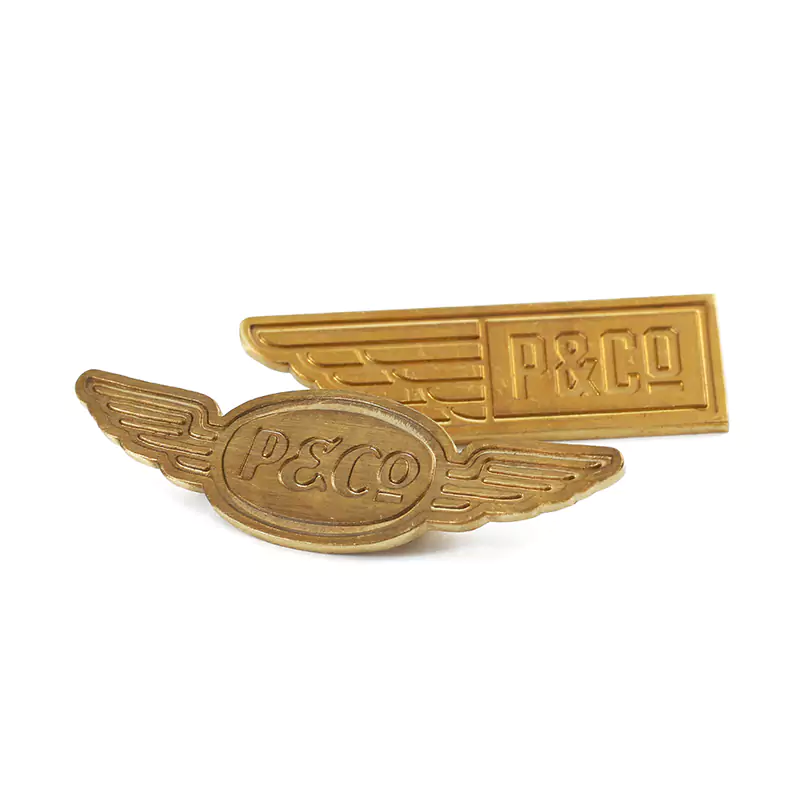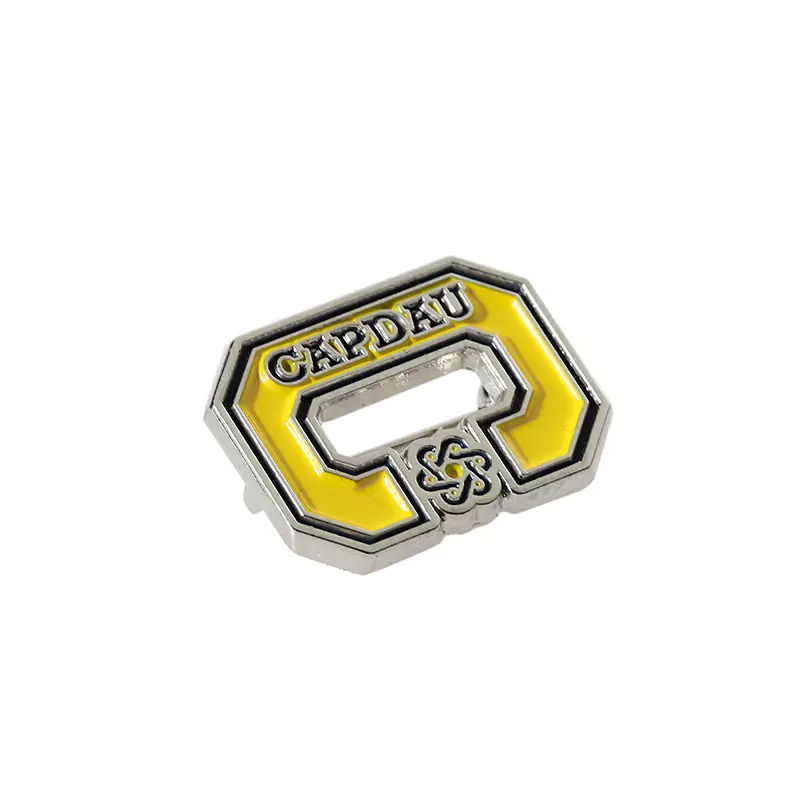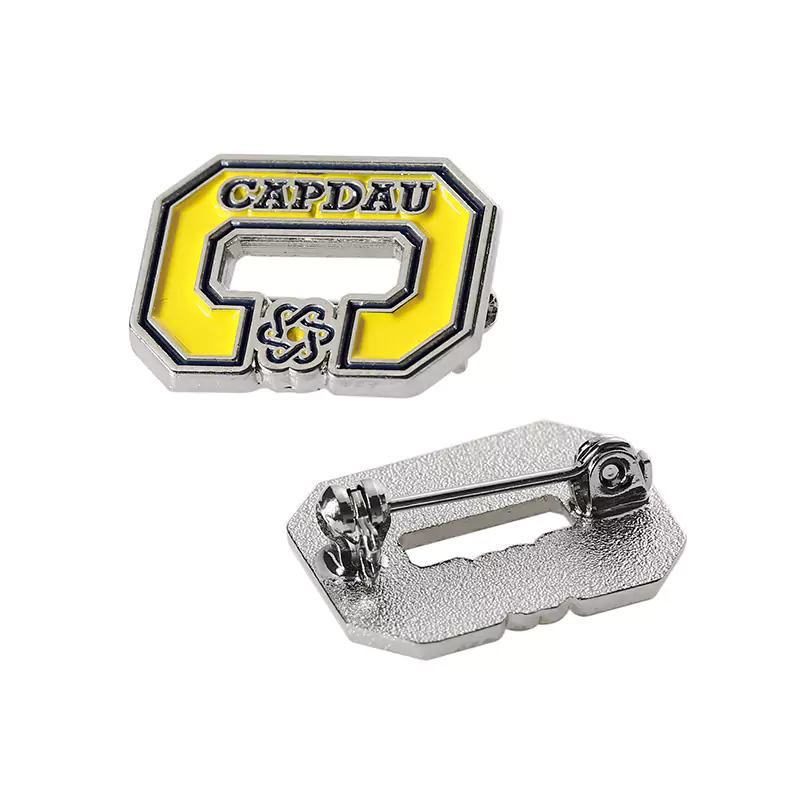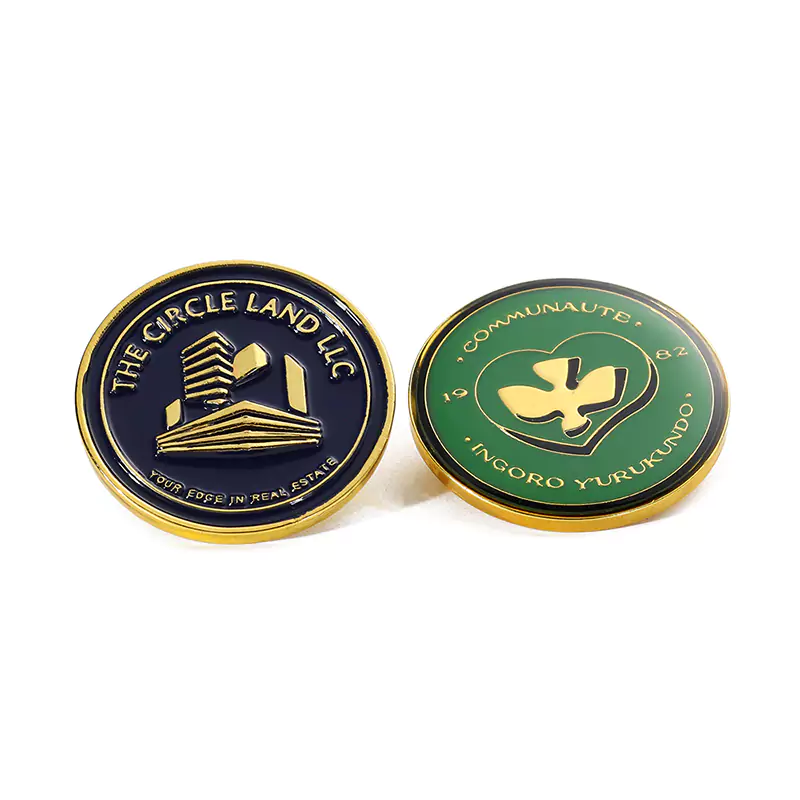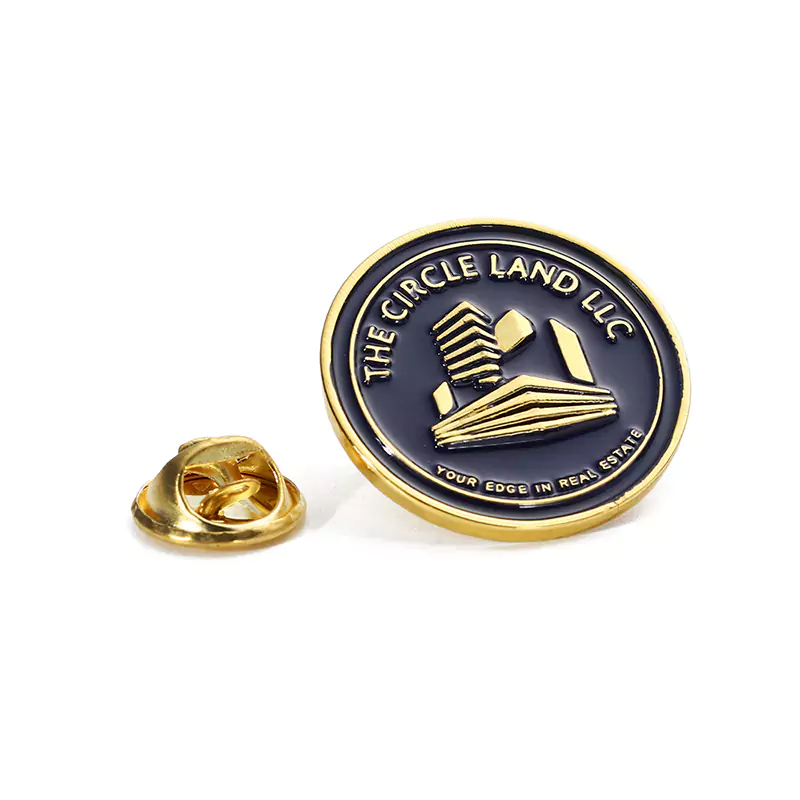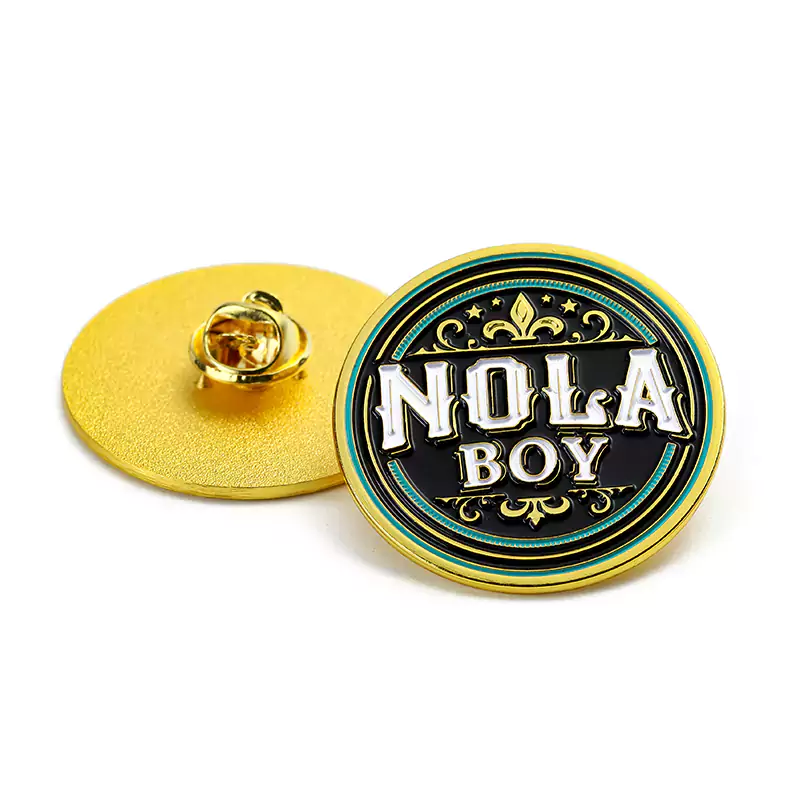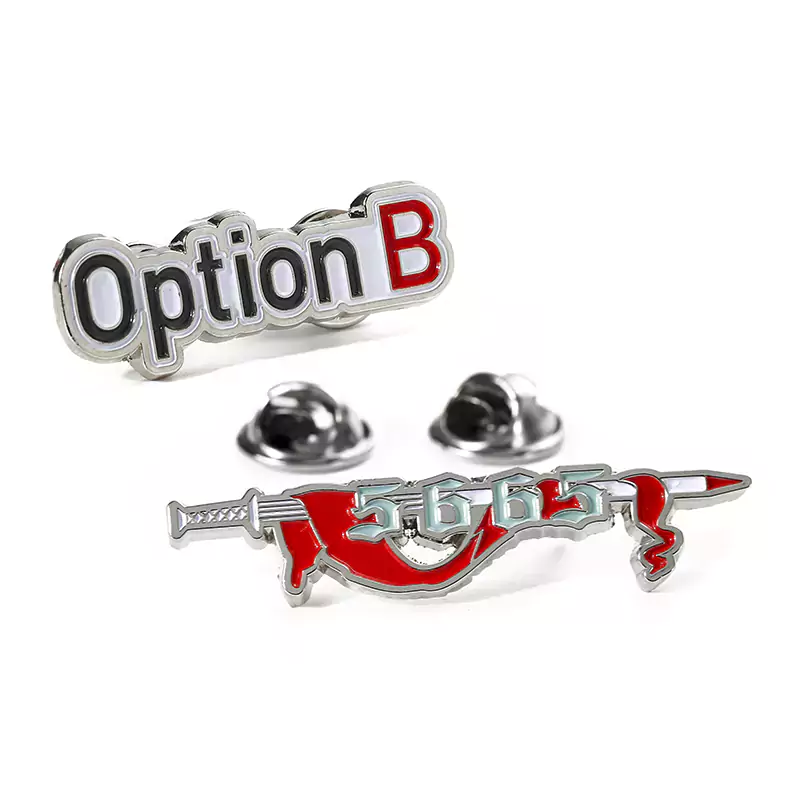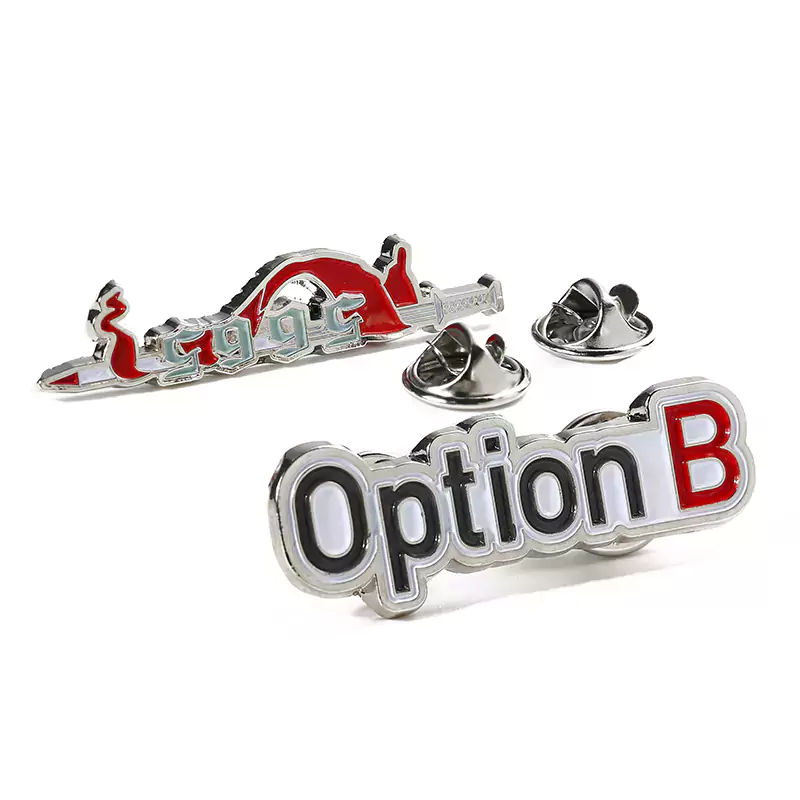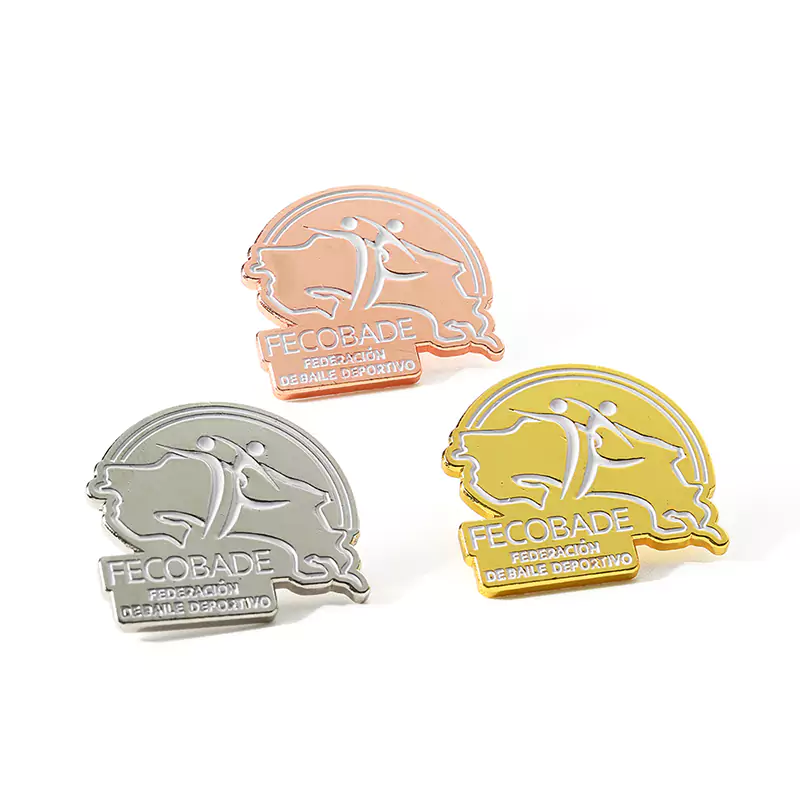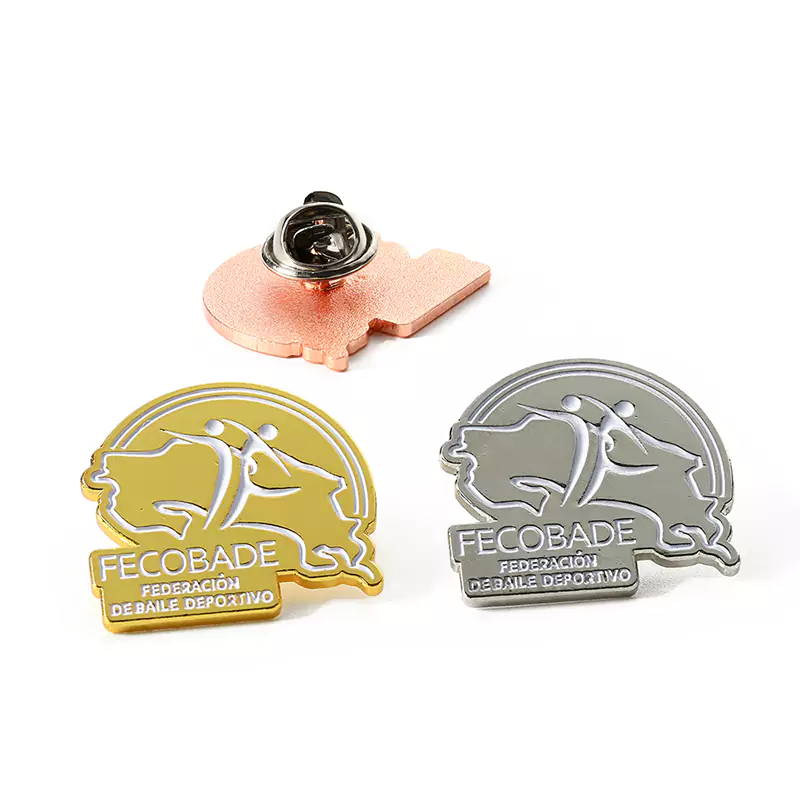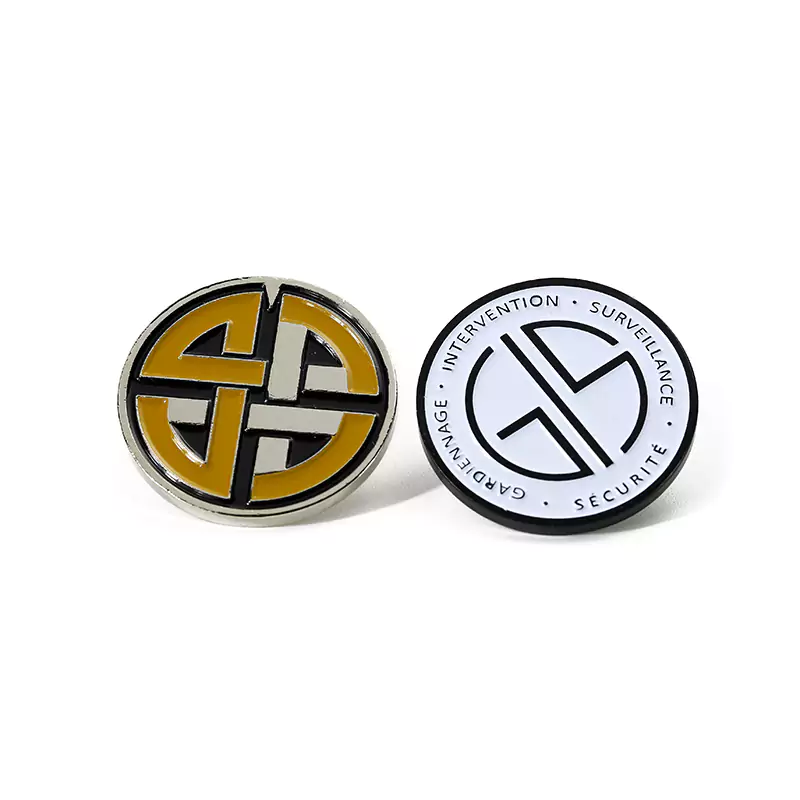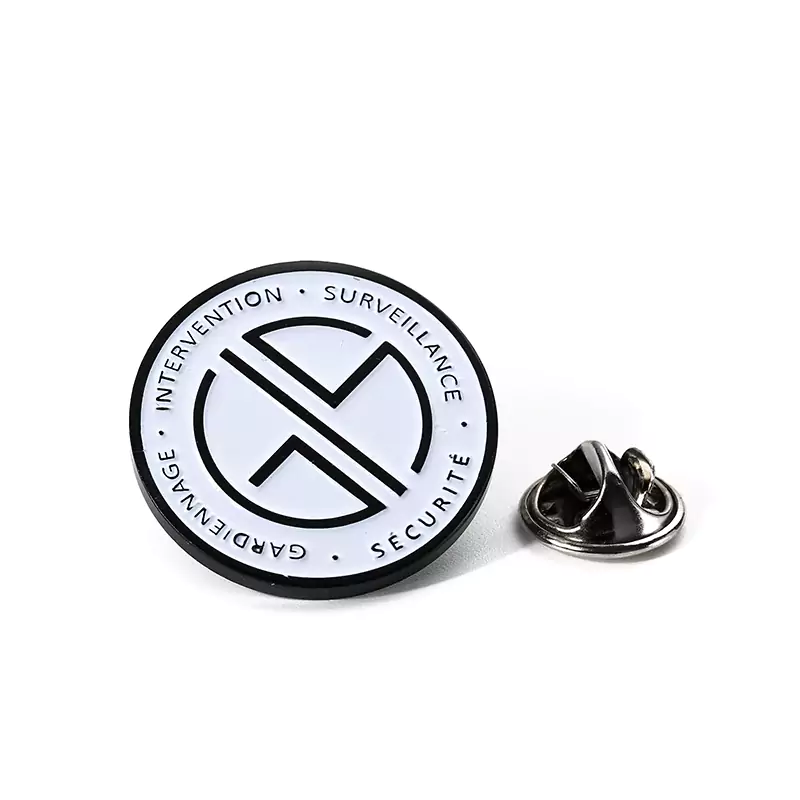Cet article fournit un guide détaillé sur la fabrication de badges en métal, y compris les étapes clés telles que la sélection des matériaux, la conception, le processus de fabrication et le contrôle de la qualité. Que vous créiez un badge pour l'image de marque de votre entreprise, pour votre expression personnelle ou pour une collecte de fonds, cet article vous fournit des conseils précieux pour obtenir un badge en métal de haute qualité.
Depuis des décennies, les badges métalliques sont un moyen populaire d'afficher des intérêts personnels, de commémorer un événement ou de promouvoir une organisation. Ces accessoires, petits mais percutants, existent dans une grande variété de formes, de tailles et de designs, ce qui en fait un choix polyvalent pour les particuliers et les entreprises. Que vous souhaitiez créer un accessoire unique pour vous-même ou promouvoir votre marque, ce guide vous apportera des informations précieuses sur le monde des badges métalliques, en couvrant toutes les étapes, de la conception à la production.
Processus de production des badges à épingle en métal
Première étape : comprendre les badges métalliques
Les badges métalliques personnalisés et les badges à épingles métalliques personnalisés sont des accessoires personnalisés conçus pour répondre à vos besoins spécifiques. Ces badges peuvent être utilisés à des fins diverses, telles que l'image de marque d'une entreprise, la collecte de fonds ou l'expression personnelle.
Étape 2 : Choisir le bon matériau
La première étape pour les badges métalliques consiste à choisir le bon matériau. Les options les plus courantes sont les suivantes :
Laiton : Connu pour sa durabilité et son aspect classique, c'est un excellent choix pour les badges élégants.
Aluminium : L'aluminium est léger et économique et est souvent utilisé pour les commandes de badges plus importantes.
Acier inoxydable : Ce matériau présente un aspect moderne et épuré et est très résistant à la corrosion.
Alliage de zinc : L'alliage de zinc possède d'excellentes capacités de moulage et convient à la production d'insignes détaillés.
Le choix des matériaux dépend de facteurs tels que le budget, la conception et l'utilisation prévue. Par exemple, l'acier inoxydable est idéal pour les badges métalliques personnalisés haut de gamme, tandis que l'aluminium convient pour les badges métalliques personnalisés en grande quantité.
Étape 3 : Concevoir votre badge
Lors de la fabrication de badges métalliques, il est essentiel de créer un design visuellement attrayant. Voici ce qu'il faut prendre en compte :
Taille et forme : Déterminez la taille et la forme du badge. Est-il rond, rectangulaire ou d'une forme personnalisée ?
Maquette : Utilisez un logiciel de conception graphique pour créer ou améliorer la maquette de votre badge. Veillez à ce que votre dessin soit clair et visuellement attrayant.
Couleur : choisissez la bonne palette de couleurs pour votre badge. Certains badges métalliques sont recouverts d'une couche d'émail ou d'époxy pour ajouter de la couleur et protéger le motif.
Texte et logos : Incluez tout texte ou logo en rapport avec l'objectif du badge. Veillez à ce que tous les éléments soient clairs et positionnés correctement.
Étape 4 : Trouver un Fabricant de badges métalliques
Pour donner vie à votre projet, vous devez travailler avec un fabricant de badges métalliques ou une entreprise spécialisée dans les badges métalliques personnalisés. Trouvez un fabricant réputé qui a l'habitude de produire des badges qui correspondent à votre vision.
Étape 5 : Processus de fabrication
Une fois que vous avez choisi un fabricant de badges métalliques, celui-ci vous guidera tout au long du processus de fabrication, qui comprend généralement les étapes suivantes :
Moulage sous pression ou estampage : Le matériau métallique sélectionné est découpé et formé selon le modèle de badge souhaité.
Placage : Un badge est recouvert d'une couche de métal, comme l'or, l'argent ou le nickel, afin d'en améliorer l'aspect.
Remplissage de couleur : Si votre dessin comporte des couleurs, cette étape consiste à appliquer une couche d'émail ou d'époxy.
Polis : Les badges sont polis pour obtenir une surface lisse et brillante.
Attaches : Selon vos préférences, les badges peuvent être accompagnés d'une épingle, d'une pochette ou d'un support magnétique permettant de les attacher à des vêtements ou à des accessoires.
Sixième étape : Contrôle de la qualité et inspection
Avant d'expédier vos badges métalliques personnalisés, le fabricant doit procéder à des inspections de contrôle de la qualité pour s'assurer que chaque badge est conforme à vos spécifications. Cette étape est essentielle pour garantir la qualité et la cohérence du produit final.
Septième étape : Distribuer et utiliser
Une fois les badges métalliques prêts, il est temps de les distribuer ou de les utiliser. Que vous utilisiez ces badges à des fins promotionnelles ou d'expression personnelle, ils peuvent constituer un outil puissant pour communiquer votre message et créer des liens.
Conclusion
La fabrication de badges métalliques est une expérience enrichissante qui vous permet de vous exprimer ou de promouvoir votre marque par le biais d'un accessoire unique. En comprenant les matériaux, les considérations de conception et les processus de fabrication, vous pouvez vous assurer que votre badge métallique est exactement comme vous l'avez imaginé. Qu'il s'agisse d'une déclaration, de la commémoration d'un événement ou de la promotion de votre organisation, badges métalliques personnalisés offrent un moyen intemporel et polyvalent de le faire. Alors, commencez dès aujourd'hui à concevoir votre badge à épingles ou votre badge métallique personnalisé ! La fabrication de badges en métal est un processus relativement complexe qui nécessite certaines connaissances et compétences professionnelles. Si vous ne disposez pas des compétences et de l'expérience nécessaires, vous pouvez demander l'aide d'un fabricant de badges professionnel. Ils pourront vous fournir des conseils plus précis et des services complets pour que vos badges métalliques répondent aux normes les plus strictes.
Vous en rêvez, nous le réalisons.
Hesank vous aidera !






